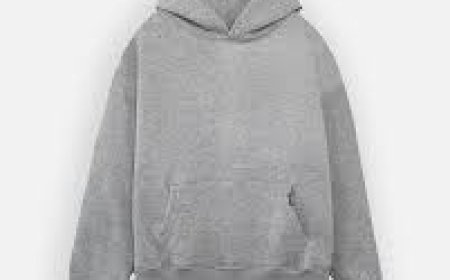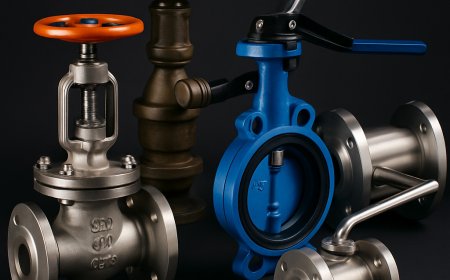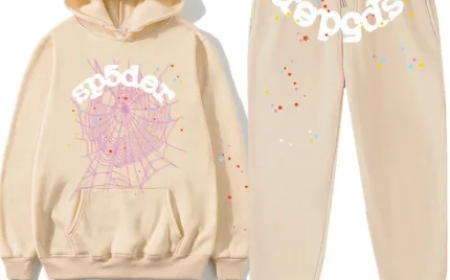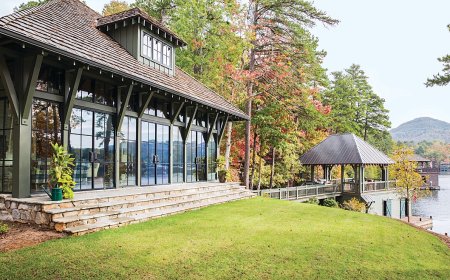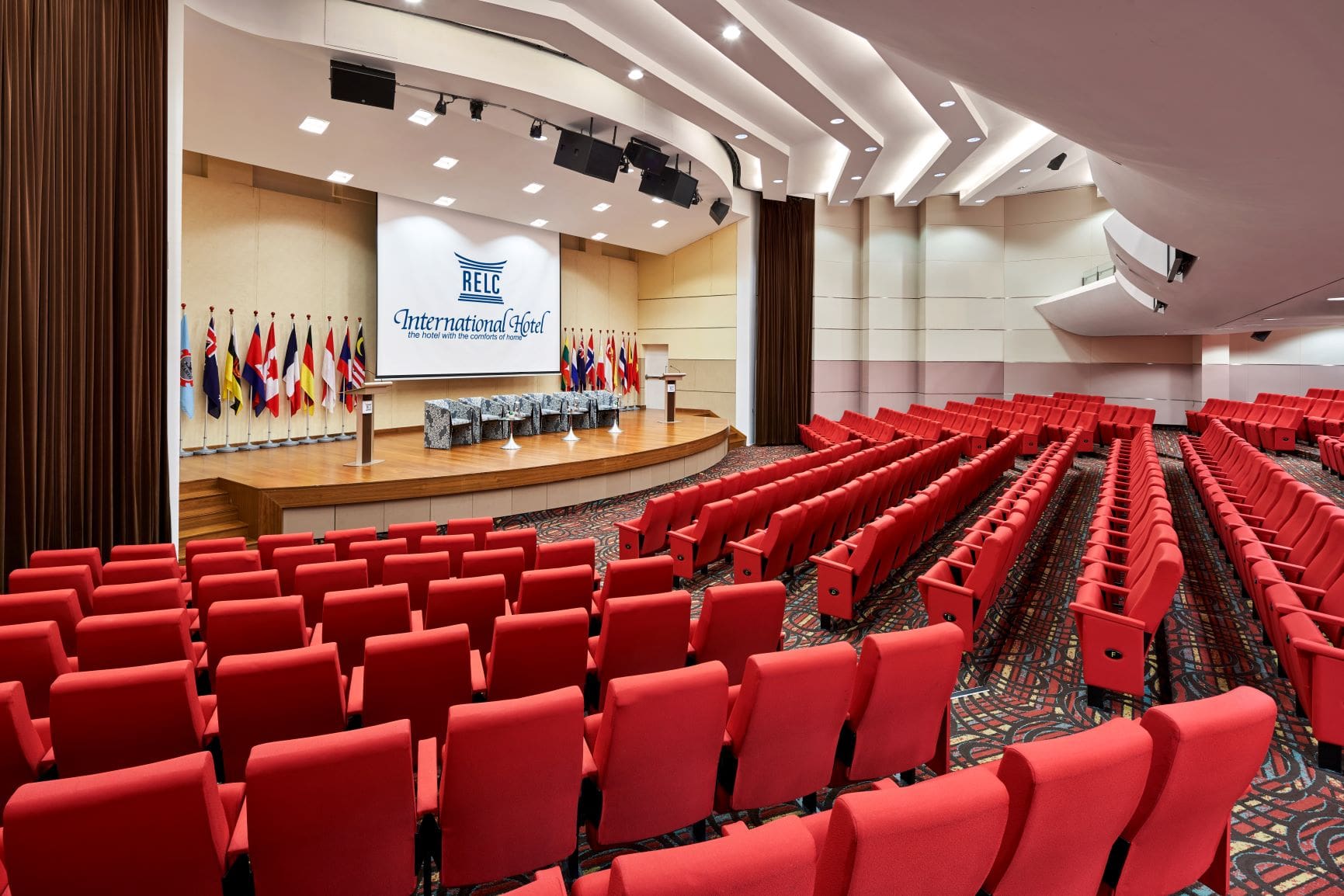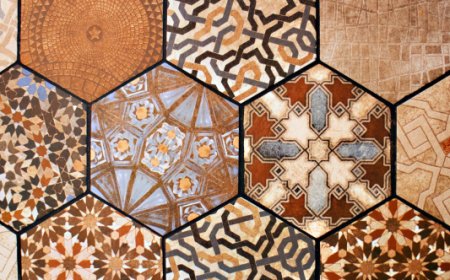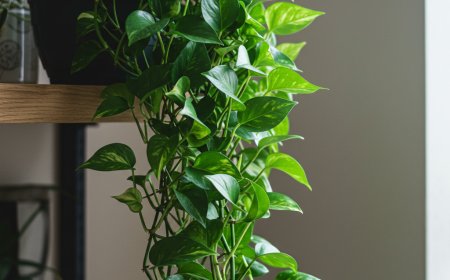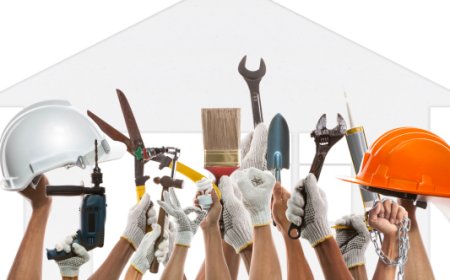The Ultimate Guide to Furniture Materials: Pros and Cons
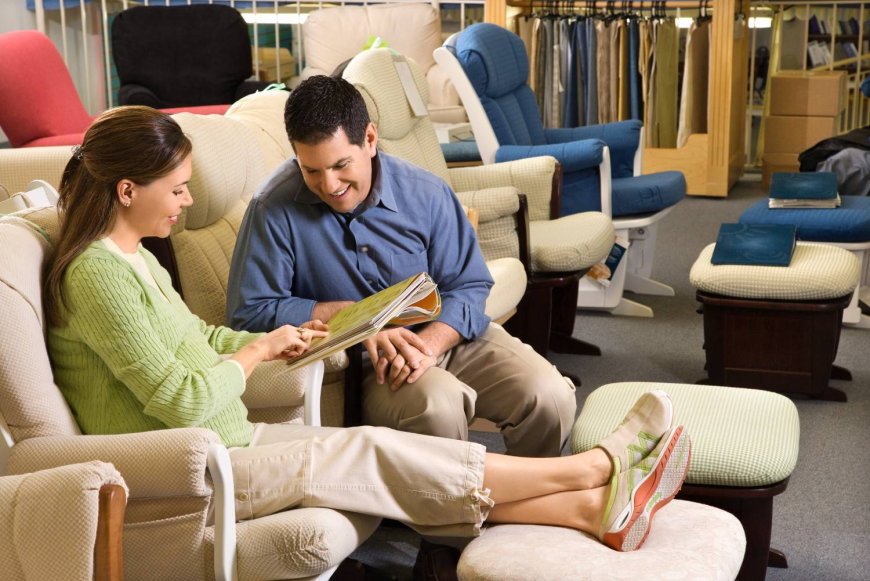
When shopping for furniture, we often focus on style, color, and sizebut one of the most important factors to consider is material. The type of material not only affects the look and feel of your furniture, but also determines its durability, maintenance, and price. Whether youre shopping for sofas, dining tables, or bedroom pieces, understanding the pros and cons of different furniture materials can help you make smarter, longer-lasting investments.
This ultimate guide breaks down the most common furniture materials used todaywood, metal, glass, plastic, upholstery, and morealong with their advantages and disadvantages. Whether you're buying online or visiting the best furniture store, this guide will give you the insight you need to choose wisely.
1. Solid Wood
Solid wood is a classic and popular furniture material known for its natural beauty and durability.
Pros:
-
Durable and Long-Lasting: With proper care, wood furniture can last decades.
-
Unique Grain Patterns: Each piece is one-of-a-kind.
-
Can Be Refinished: Easily sanded, stained, or painted to refresh its look.
-
Timeless Appeal: Suits almost every interior style, from rustic to modern.
Cons:
-
Expensive: High-quality hardwoods like oak, walnut, and mahogany come with a premium price.
-
Sensitive to Humidity: Wood can warp or crack with moisture changes.
-
Heavy: Makes moving more difficult.
Best for: Dining tables, bed frames, cabinets, and accent pieces.
2. Engineered Wood (MDF, Plywood, Particleboard)
Engineered wood is a man-made alternative to solid wood. It's often used in affordable or ready-to-assemble furniture.
Pros:
-
Cost-Effective: Much cheaper than solid wood.
-
Lightweight: Easier to move and assemble.
-
Smooth Finish: Ideal for painted surfaces.
Cons:
-
Less Durable: Not as strong or long-lasting as solid wood.
-
Prone to Water Damage: Swells or disintegrates when exposed to moisture.
-
Limited Refinishing Options: Cant be sanded or stained like real wood.
Best for: Bookshelves, budget-friendly furniture, and kids rooms.
3. Metal
Metal furniture is sleek, modern, and extremely durable, making it a popular choice for both indoor and outdoor use.
Pros:
-
Strong and Sturdy: Great structural support.
-
Low Maintenance: Easy to clean and rust-resistant (if coated properly).
-
Modern Aesthetic: Ideal for industrial or minimalist styles.
Cons:
-
Can Be Cold or Harsh: Less cozy than wood or upholstered pieces.
-
May Rust: Especially if exposed to humidity or not treated.
-
Heavy: Difficult to move in large pieces.
Best for: Bed frames, chairs, shelving units, and outdoor furniture.
4. Glass
Glass adds elegance and lightness to a space. Its often used in combination with metal or wood bases.
Pros:
-
Modern Look: Great for contemporary interiors.
-
Illusion of Space: Perfect for small rooms.
-
Easy to Clean: Just wipe it down with glass cleaner.
Cons:
-
Fragile: Can chip or shatter with impact.
-
High Maintenance: Shows fingerprints and dust easily.
-
Sharp Corners: Can be a hazard for children.
Best for: Coffee tables, dining tables, and display units.
5. Plastic and Acrylic
Plastic and acrylic furniture is lightweight, affordable, and available in a wide range of styles.
Pros:
-
Affordable: Great for tight budgets.
-
Versatile: Comes in various shapes, colors, and styles.
-
Water-Resistant: Great for kids or outdoor furniture.
Cons:
-
Less Durable: Can scratch, fade, or crack over time.
-
Looks Cheap: Not ideal for high-end decor.
-
Environmental Impact: Often non-recyclable.
Best for: Outdoor seating, childrens furniture, and casual pieces.
6. Upholstery (Fabric)
Upholstered furniture, especially sofas, adds comfort and texture to your living space. Fabric is the most common upholstery material.
Pros:
-
Soft and Comfortable: Ideal for seating.
-
Wide Range of Colors and Patterns: Easily matches your decor.
-
Affordable Options: Cotton, linen, and synthetic blends are budget-friendly.
Cons:
-
Stains Easily: Needs regular cleaning.
-
May Fade Over Time: Especially when exposed to sunlight.
-
Can Wear Out: Lower-quality fabric may pill or fray.
Best for: Sofas, armchairs, dining chairs, and headboards.
Looking for durable and stylish sofas? Visit the best furniture store near you to test different upholstery options in person.
7. Leather
Leather offers a luxurious, timeless appeal and is often used for high-end sofas and chairs.
Pros:
-
Elegant Appearance: Adds sophistication to any room.
-
Durable: Can last for years with proper care.
-
Easy to Clean: Resistant to spills and pet hair.
Cons:
-
Expensive: Genuine leather comes at a premium.
-
Can Crack or Fade: Especially in dry climates or direct sunlight.
-
Not Vegan-Friendly: Ethical concerns for some buyers.
Best for: Sofas, recliners, office chairs, and luxury seating.
8. Rattan and Wicker
Made from woven plant fibers or synthetic alternatives, rattan and wicker offer a casual, airy vibe perfect for boho or coastal styles.
Pros:
-
Lightweight: Easy to move around.
-
Natural Look: Adds warmth and texture.
-
Indoor or Outdoor Use: Versatile placement options.
Cons:
-
Can Fray Over Time: Especially with heavy use.
-
Limited Support: Not ideal for long-term comfort.
-
Requires Maintenance: Needs regular dusting and may need re-varnishing.
Best for: Accent chairs, patio sets, sunrooms, and casual seating.
9. Stone and Marble
Stone materials like marble or granite add luxury and weight to your interiors.
Pros:
-
Visually Stunning: High-end, elegant appearance.
-
Durable Surface: Scratch and heat resistant.
-
Unique Patterns: No two slabs are alike.
Cons:
-
Very Heavy: Difficult to move or rearrange.
-
Expensive: Especially for real marble.
-
Requires Sealing: Porous surfaces can stain if not treated.
Best for: Tabletops, kitchen islands, or accent pieces.
Final Thoughts
Understanding the pros and cons of different furniture materials helps you make informed decisions based on your lifestyle, space, and budget. For example:
-
If youre furnishing a high-traffic living room, opt for durable sofas with stain-resistant upholstery or leather.
-
For budget-conscious buyers, engineered wood or plastic offers value.
-
If longevity is your goal, solid wood and metal are unbeatable.
No matter what you choose, always prioritize quality, comfort, and functionality. And remembernothing beats trying furniture in person. Visit the best furniture store in your area to explore materials firsthand, feel the textures, and ask experts for advice tailored to your space.










